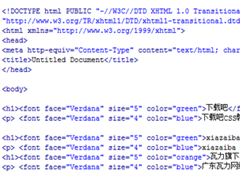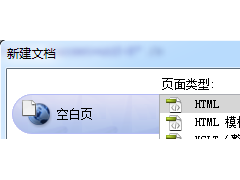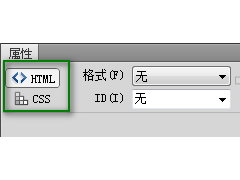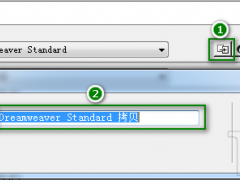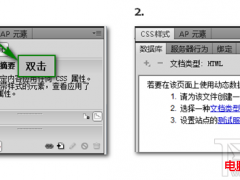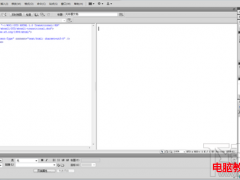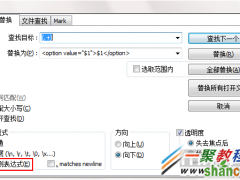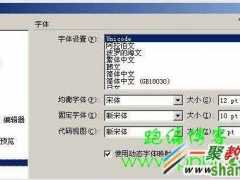这篇文章主要介绍了Ruby实现的最短编辑距离计算方法,本文直接给出实现代码,需要的朋友可以参考下
利用动态规划算法,实现最短编辑距离的计算。
代码如下:
#encoding: utf-8
#author: xu jin
#date: Nov 12, 2012
#EditDistance
#to find the minimum cost by using EditDistance algorithm
#example output:
# "Please input a string: "
# exponential
# "Please input the other string: "
# polynomial
# "The expected cost is 6"
# The result is :
# ["e", "x", "p", "o", "n", "e", "n", "-", "t", "i", "a", "l"]
# ["-", "-", "p", "o", "l", "y", "n", "o", "m", "i", "a", "l"]
p "Please input a string: "
x = gets.chop.chars.map{|c| c}
p "Please input the other string: "
y = gets.chop.chars.map{|c| c}
x.unshift(" ")
y.unshift(" ")
e = Array.new(x.size){Array.new(y.size)}
flag = Array.new(x.size){Array.new(y.size)}
DEL, INS, CHA, FIT = (1..4).to_a #deleat, insert, change, and fit
def edit_distance(x, y, e, flag)
(0..x.length - 1).each{|i| e[i][0] = i}
(0..y.length - 1).each{|j| e[0][j] = j}
diff = Array.new(x.size){Array.new(y.size)}
for i in(1..x.length - 1) do
for j in(1..y.length - 1) do
diff[i][j] = (x[i] == y[j])? 0: 1
e[i][j] = [e[i-1][j] + 1, e[i][j - 1] + 1, e[i-1][j - 1] + diff[i][j]].min
if e[i][j] == e[i-1][j] + 1
flag[i][j] = DEL
elsif e[i][j] == e[i-1][j - 1] + 1
flag[i][j] = CHA
elsif e[i][j] == e[i][j - 1] + 1
flag[i][j] = INS
else flag[i][j] = FIT
end
end
end
end
out_x, out_y = [], []
def solution_structure(x, y, flag, i, j, out_x, out_y)
case flag[i][j]
when FIT
out_x.unshift(x[i])
out_y.unshift(y[j])
solution_structure(x, y, flag, i - 1, j - 1, out_x, out_y)
when DEL
out_x.unshift(x[i])
out_y.unshift('-')
solution_structure(x, y, flag, i - 1, j, out_x, out_y)
when INS
out_x.unshift('-')
out_y.unshift(y[j])
solution_structure(x, y, flag, i, j - 1, out_x, out_y)
when CHA
out_x.unshift(x[i])
out_y.unshift(y[j])
solution_structure(x, y, flag, i - 1, j - 1, out_x, out_y)
end
#if flag[i][j] == nil ,go here
return if i == 0 && j == 0
if j == 0
out_y.unshift('-')
out_x.unshift(x[i])
solution_structure(x, y, flag, i - 1, j, out_x, out_y)
elsif i == 0
out_x.unshift('-')
out_y.unshift(y[j])
solution_structure(x, y, flag, i, j - 1, out_x, out_y)
end
end
edit_distance(x, y, e, flag)
p "The expected edit distance is #{e[x.length - 1][y.length - 1]}"
solution_structure(x, y, flag, x.length - 1, y.length - 1, out_x, out_y)
puts "The result is : n #{out_x}n #{out_y}"




